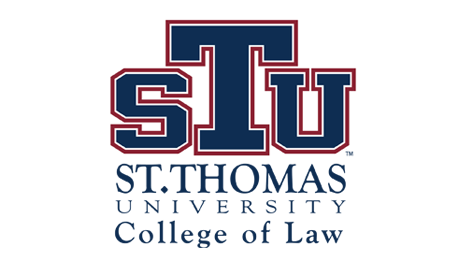St. Thomas Law Review
First Page
17
Document Type
Article
Abstract
This article will critically analyze current U.S. tax treatment of NPCs used in the ordinary course of business as asset and liability management tools. Examples are used to illustrate the principles stated within the article. The focus will be to suggest a rational and coherent tax treatment based on two tenets. First, a policy which treats similar financial instruments in a consistent manner should be adopted to avoid anomalous or tax favored results. This would address the intuitive sense amongst legislative and administrative tax authorities, as well as tax practitioners, that an efficient and equitable tax system should tax economically identical transactions identically. Second, an efficient and equitable tax regime must assure the business person that the hedge offset mechanism, used to insulate against interest rate or currency exposure, would not be frustrated by a mismatch of tax characteristics. Part II of the article defines key concepts and sets out the reasons for entering into NPCs. Part III deals with the current U.S. tax rules pertaining to NPCs. Alternative models are explained, and the integration model is applied to issues of character and timing of recognition of gain or loss realized from payments pursuant to NPCs and on termination of NPCs. Part IV provides some concluding remarks.
Recommended Citation
Myra J. Schlosberg,
Taxation of Notional Principal Contracts: Implications for U. S. Persons,
4
St. Thomas L. Rev.
17
(1992).
Available at:
https://scholarship.stu.edu/stlr/vol4/iss1/5

